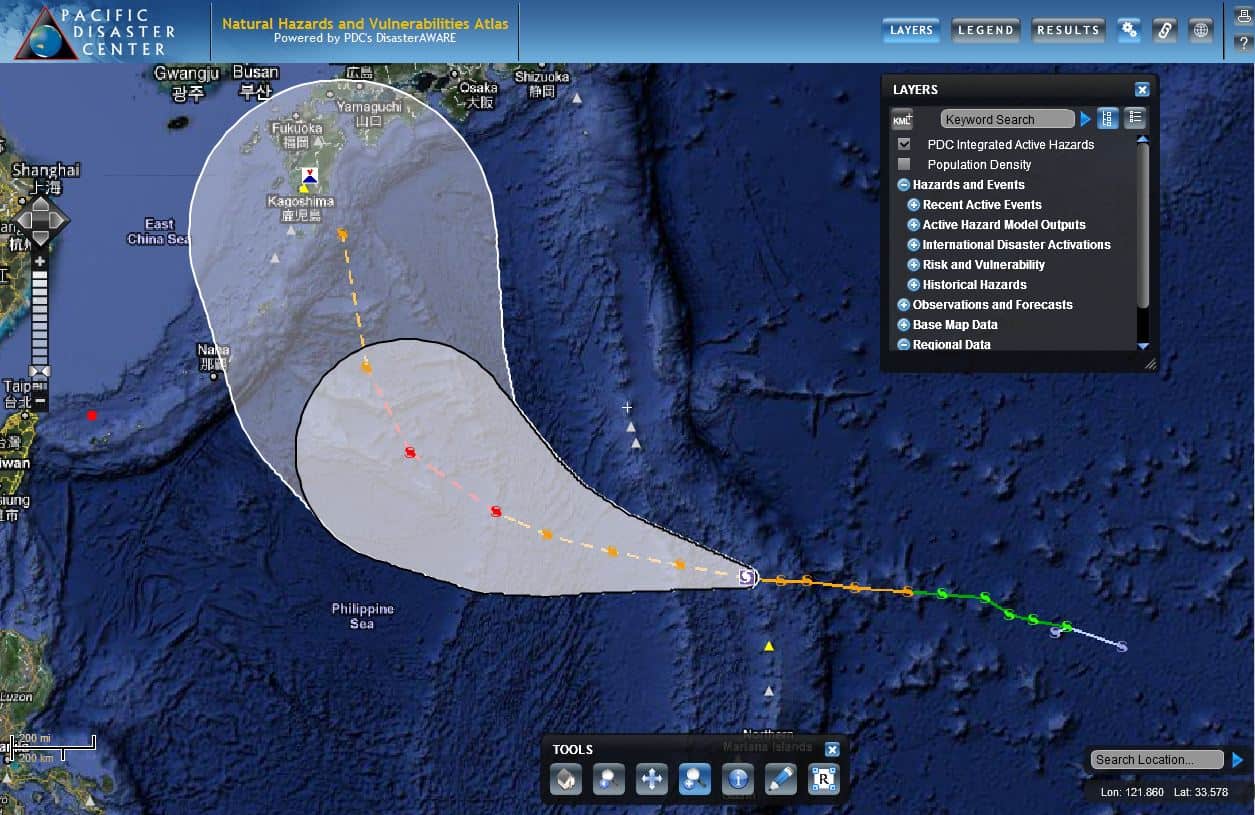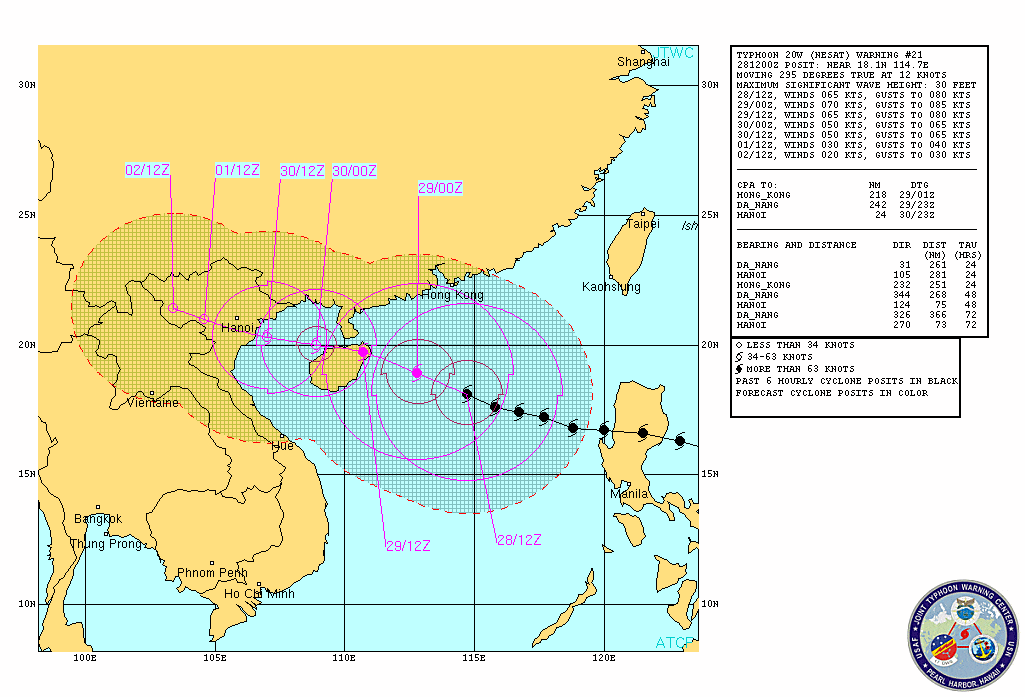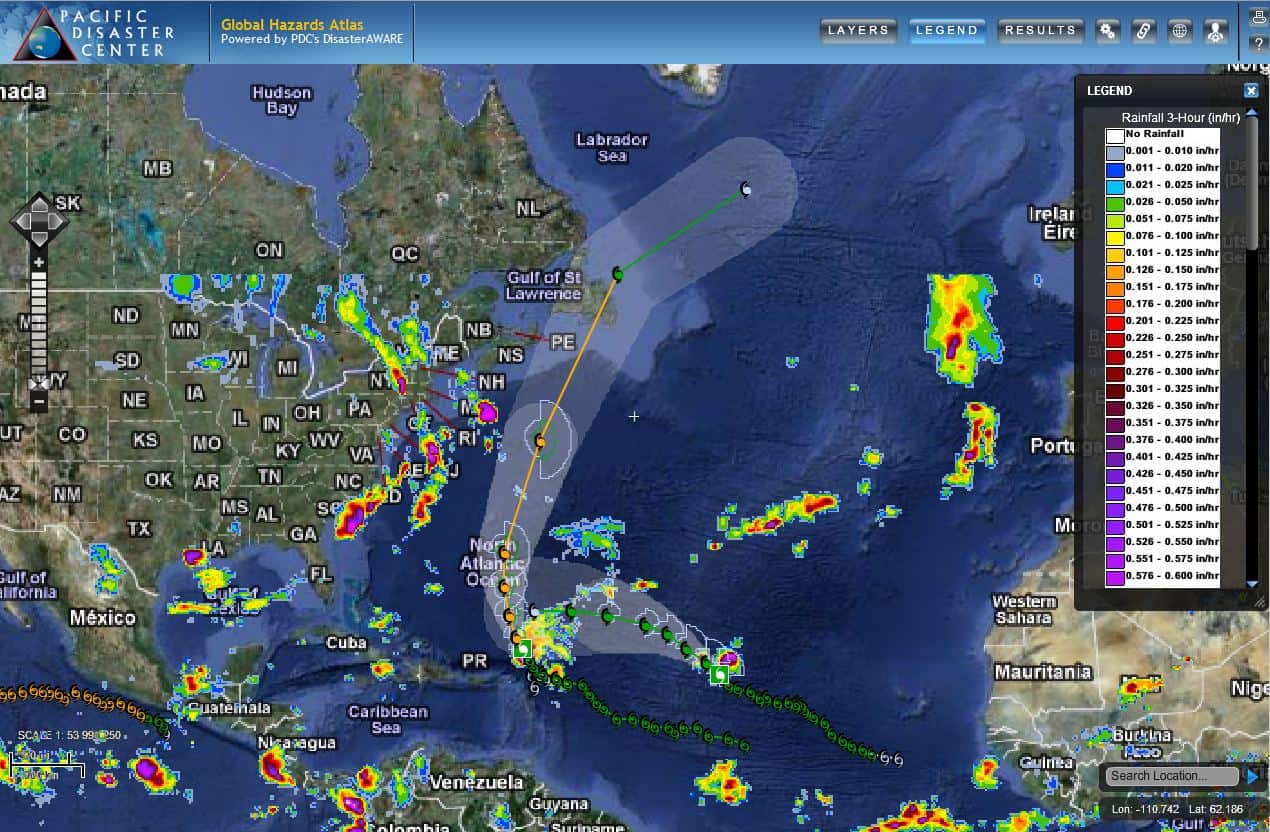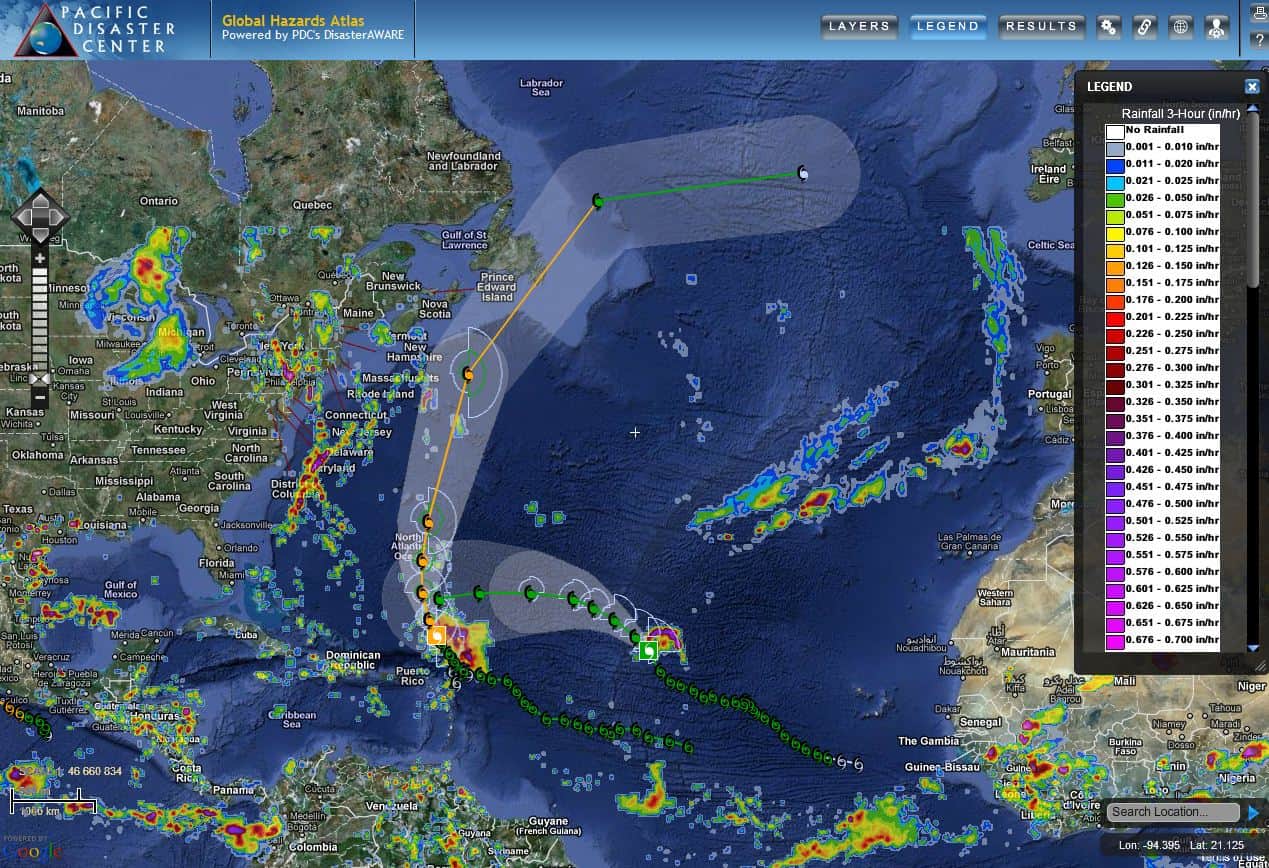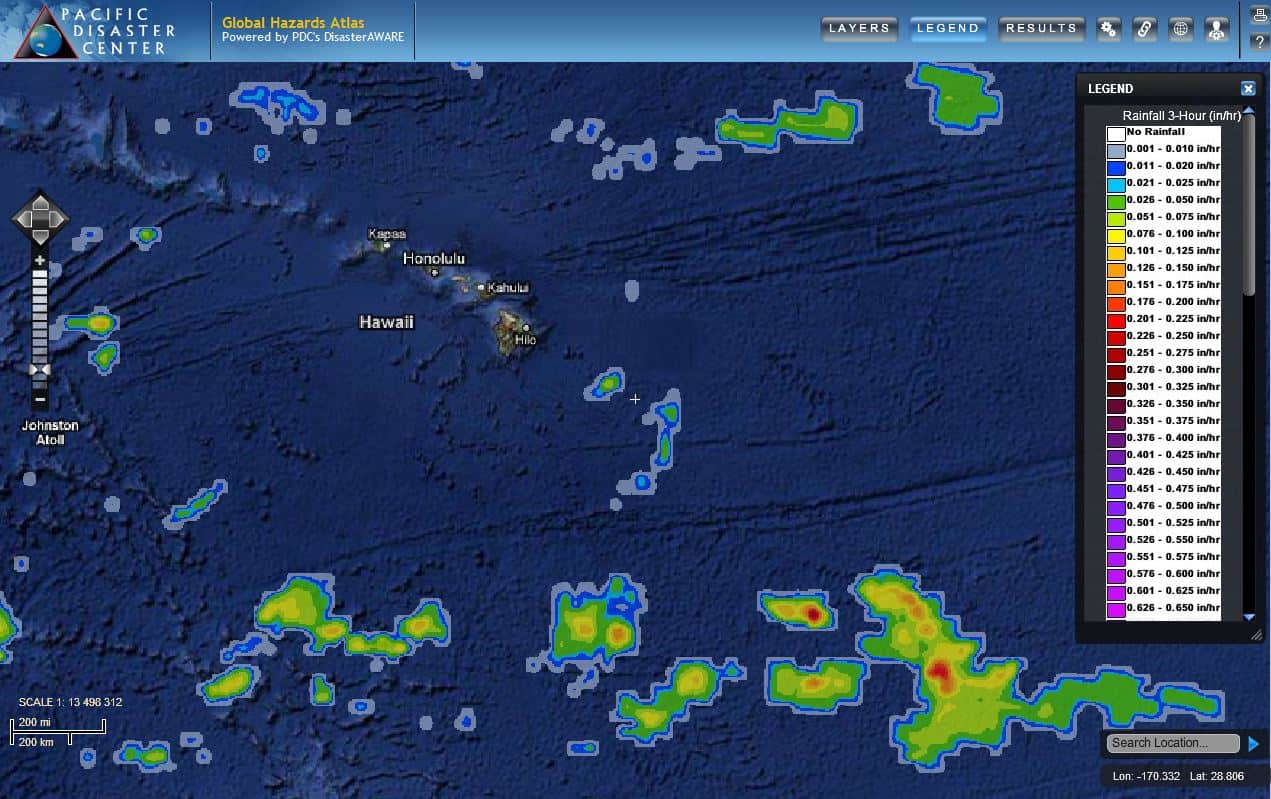Between June 1 and November 30, the State of Hawaii faces increased risk from potential impacts of hurricanes. According to the National Oceanic and Atmospheric Administration (NOAA) Central Pacific Hurricane Center (CPHC) Outlook for the 2014 Central Pacific Basin hurricane season, climate experts predict four to seven tropical cyclones, with an 80 percent chance of normal or above normal cyclonic activity.
The average season sees four to five tropical cyclones, which includes tropical depressions, tropical storms, and hurricanes. The CPHC outlook also states that El Niño conditions are expected to develop during the summer. In fact, since March, the NOAA Climate Prediction Center (CPC) has issued El Niño watches indicating a potential increase in hurricane threats, as well as drought-like conditions for Hawaii.
El Niño conditions are indicated when average sea surface temperatures (SST) are at least 0.5°C above average for three consecutive months. These elevated SSTs allow the atmosphere to warm, and cause instability. In May, experts at the CPC projected a 65 percent chance that El Niño conditions will develop in the central and eastern Pacific this year. However, forecasters say it is still too early to determine whether that means there will be more cyclones near Hawaii. NOAA issued a “watch” to give decision makers advance warning for long-term planning.
One week prior to the start of the Central Pacific hurricane season, the State observes Hurricane Preparedness Week in order to increase awareness and promote preparedness. This year, the activity in Hawaii runs concurrently with National Hurricane Preparedness Week, May 25–31. During Hurricane Preparedness Week, PDC encourages communities, families, and individuals to take the necessary steps to be prepared for the storm systems ahead. Families and individuals can take advantage of a variety of resources PDC provides to help you stay safe and keep your family safe. You can take action and learn more about tropical cyclones and their associated hazards, create and rehearse a family disaster plan, and put together a disaster supply kit. When a potentially dangerous storm enters the Central Pacific, you can keep up-to-date with the Disaster Alert mobile app, or monitor it using Global Hazards Atlas and view bulletins associated with the storm on Weather Wall.
Preparedness and early warning are essential and they do save lives. Always stay tuned to official information sources and heed instructions from State and County Civil Defense agencies.
For more information on the 2014 hurricane season outlook:
• Visit NOAA’s Central Pacific Hurricane Center page,
• Read Hawaii News Now articles about the El Nino watch,
• See a Star Advertiser article focusing on El Niño predictions,
• Visit the NWS Climate Prediction Center,
• Visit NOAA’s National Hurricane Center, and
• Refer to NOAA’s explanation of the Saffir-Simpson Hurricane Wind Scale.
More resources for hurricane safety and preparedness:
• Hawaii Hazards Awareness & Resilience Program (HHARP) to enhance community resilience,
• Read about how parents can help kids learn about disaster preparedness, and
• Find out about Hawaii’s Statewide Hurricane Preparedness Exercise.

